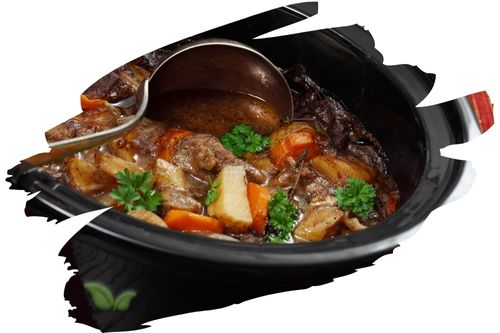
Introduction
Turmeric, often referred to as the "Golden Spice," has captured the attention of food enthusiasts and health-conscious individuals alike. Known for its vibrant color and earthy flavor, turmeric adds depth and character to dishes worldwide. Two common forms of turmeric used in cooking are Fresh Turmeric and Dried Turmeric. In this comprehensive comparison, we'll delve into the differences between these two variants, shedding light on their flavors, uses, and potential health benefits.
Fresh Turmeric vs. Dried Turmeric: The Basics
In this section, we'll explore the fundamental distinctions between Fresh Turmeric and Dried Turmeric.
Flavor Profile
Fresh Turmeric: Fresh Turmeric, as the name suggests, is the raw root of the turmeric plant. It boasts a bright, citrusy aroma with a peppery and slightly bitter taste. The flavor is nuanced and milder compared to its dried counterpart.
Dried Turmeric: Dried Turmeric, on the other hand, is the powdered form of the turmeric root. It exhibits a more concentrated and earthy flavor, with prominent notes of earthiness and warmth. Dried turmeric is known for its distinctive yellow color, which is intensified during the drying process.
Culinary Uses
Fresh Turmeric: Fresh Turmeric is often grated or thinly sliced to infuse dishes with its mild, citrusy notes. It pairs well with seafood, rice dishes, and stir-fries. Additionally, it is a popular ingredient in smoothies and fresh juices for its potential health benefits.
Dried Turmeric: Dried Turmeric powder is a versatile spice that is used in various culinary applications. It is a key ingredient in curry blends, soups, stews, and rice dishes. Its intense flavor and vivid color make it an essential component in many spice blends worldwide.
Incorporating Turmeric into Your Dishes
Now that we've explored the core distinctions between Fresh Turmeric and Dried Turmeric, let's discuss how to incorporate these two forms of turmeric into your cooking.
Fresh Turmeric
- Turmeric Paste: Create a paste by blending fresh turmeric with other aromatic ingredients like garlic and ginger. This paste can be used as a base for curries and marinades.
- Golden Milk: Fresh turmeric can be grated and added to warm milk along with honey and spices to create a soothing and nutritious drink known as "Golden Milk."
Dried Turmeric
- Curry Powders: Dried Turmeric is a staple in curry powder blends, contributing its distinctive color and flavor to these spice mixes.
- Marinades: Mix dried turmeric with other spices, yogurt, and lemon juice to create a flavorful marinade for meats, poultry, or vegetables.
Frequently Asked Questions
1. Can I substitute Fresh Turmeric for Dried Turmeric in recipes? Yes, you can substitute Fresh Turmeric for Dried Turmeric, but you'll need to adjust the quantity, as dried turmeric is more concentrated.
2. Are there any health benefits associated with Fresh Turmeric and Dried Turmeric? Both forms of turmeric contain curcumin, a compound known for its potential anti-inflammatory and antioxidant properties. However, the concentration of curcumin may vary.
3. Can I use Fresh Turmeric in smoothies and juices? Absolutely! Fresh turmeric adds a refreshing and healthful dimension to smoothies and juices. Be mindful of its strong flavor, and adjust the quantity to suit your taste.
4. Is Fresh Turmeric readily available in supermarkets? Fresh Turmeric can sometimes be found in the produce section of well-stocked supermarkets, but it is more commonly available in specialty stores or local markets.
5. Are there any side effects associated with consuming turmeric? Turmeric is generally safe when consumed in moderation as a spice in food. However, excessive consumption or supplements may lead to digestive issues in some individuals.
6. Which form of turmeric is best for making a turmeric face mask? Dried Turmeric is commonly used for making face masks due to its vibrant color and skin benefits. However, it should be used sparingly to avoid staining the skin.
Conclusion
Fresh Turmeric and Dried Turmeric both have their unique characteristics and culinary applications. While Fresh Turmeric brings a mild and citrusy freshness to dishes and beverages, Dried Turmeric offers an intense earthy flavor and vibrant color to various recipes. Understanding the differences between these two forms of turmeric allows you to make informed choices in your culinary adventures. Whichever form you choose, turmeric remains a golden treasure in the world of flavors and health benefits.
Alert: While spices can have many beneficial properties for health, using them for medical purposes should be done under the guidance and supervision of a healthcare professional or specialist. Some spices may interact with medications or cause adverse reactions in certain individuals, and it is important to use them safely and appropriately. If you are considering using spices for a medical condition, it is important to consult with a healthcare professional before doing so.




















































